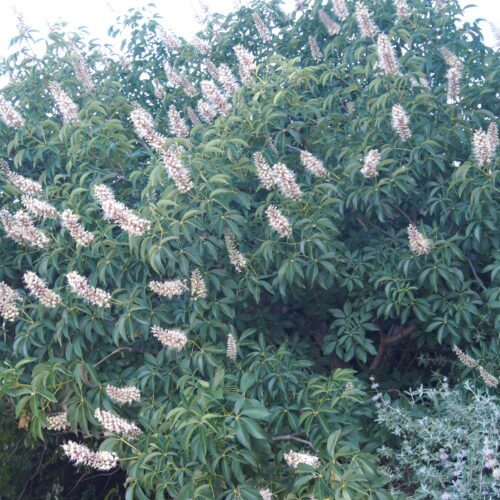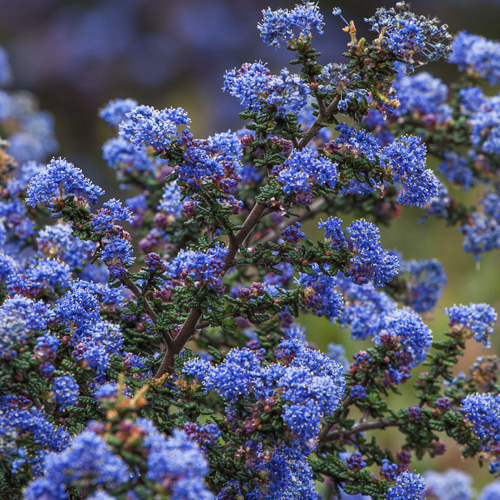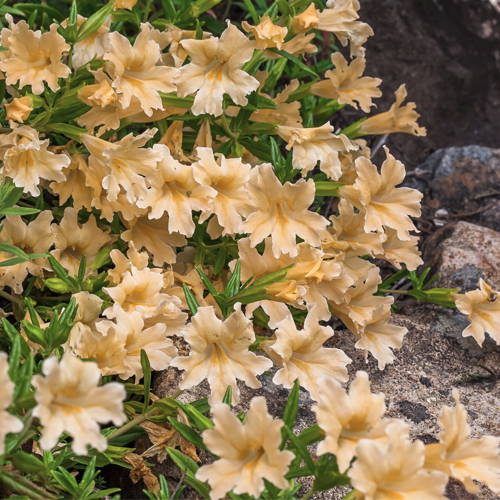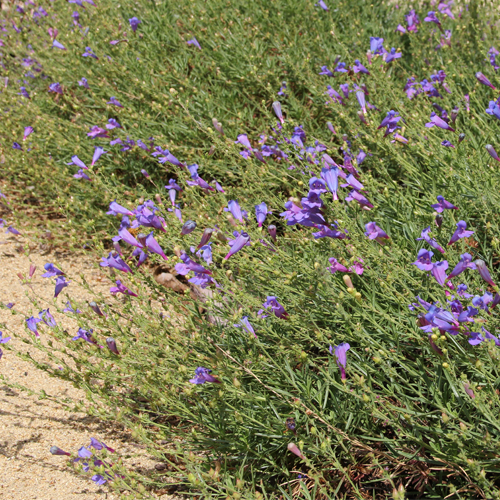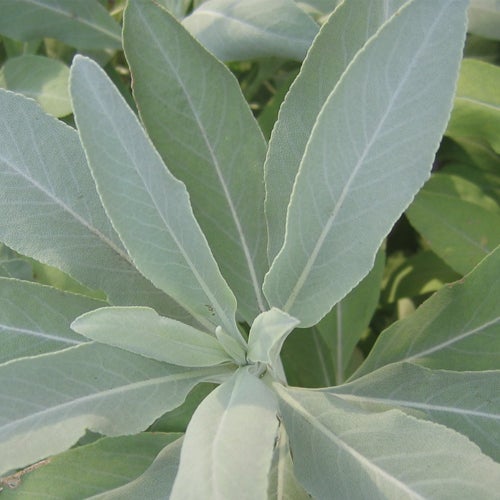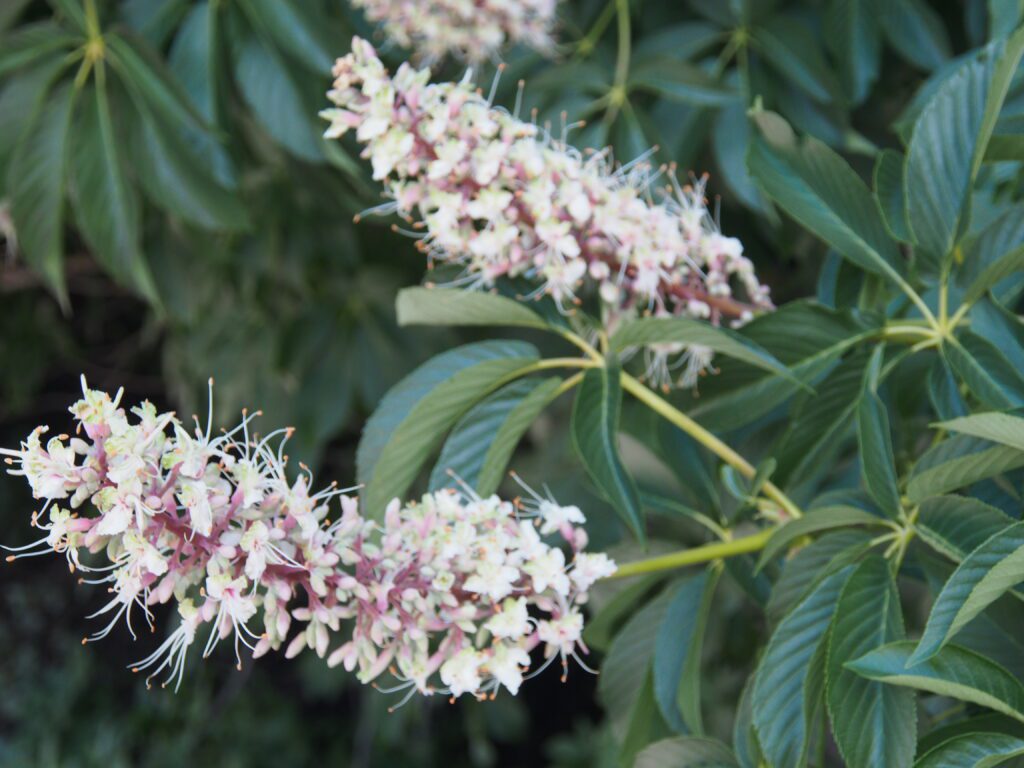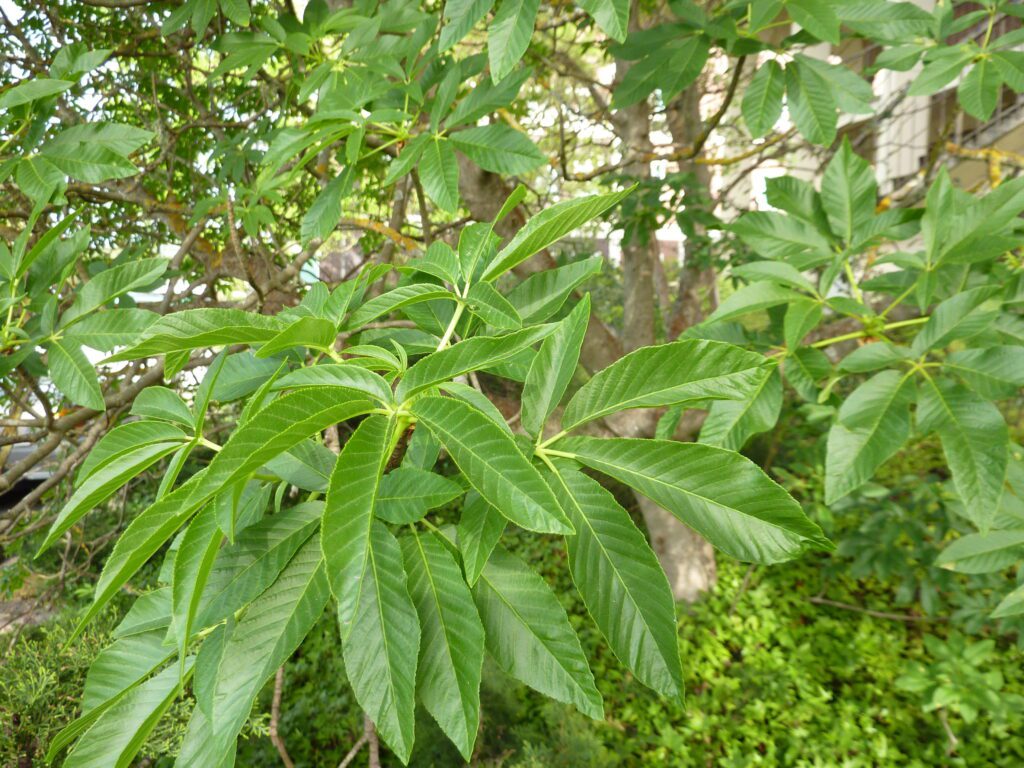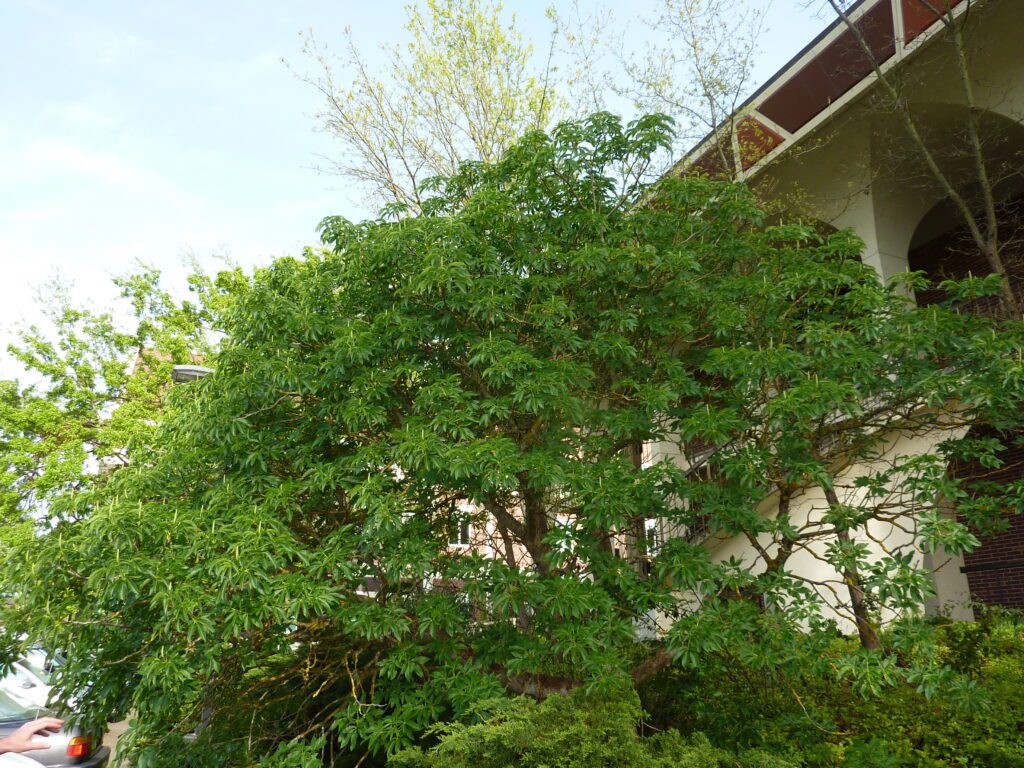Sonoma County Garden
BACK TO FULL TOUR
Garden Features
Drought Tolerant
Edible Garden
California Natives
Deer Resistant
Drip Irrigation
Pesticide Free
Sheet Mulching
Smart Irrigation Controller
Lawn-Free Landscaping
Permeable Surfaces
Wildlife Habitat
Partner: Santa Rosa Water
Perched amidst the breathtaking vistas of Northern California, this hillside country garden epitomizes serenity and sophistication. Designed to harmonize with the natural landscape, our vision was to craft a contemporary, informal sanctuary that seamlessly blends with the rugged terrain and celebrates its inherent beauty.
Drawing inspiration from the rugged boulder formations, silhouetted native oaks, and wild meadow grasslands that grace the site, our design sought to honor and enhance these natural elements. Despite the challenging topography, we embarked on a phased approach to garden development, allowing the landscape to evolve organically over time.
In selecting plantings, we embraced a Mediterranean palette, carefully curating native trees, shrubs, wildflowers, and exotic species from Africa and Australia that could thrive in these rugged conditions. By integrating these diverse elements, we aimed to create a cohesive tapestry that seamlessly melds with the natural diversity of the surroundings.
The result is a garden that pulsates with life, its ever-changing tapestry of textures and colors mirroring the shifting seasons and infusing the landscape with a sense of dynamism. From the tranquil seating areas that beckon relaxation to the meandering pathways that invite exploration, every element of the garden is designed to foster a deep connection with nature and evoke a profound sense of tranquility and wonder.
Plants in this Garden
Favorite Plants
Coulter's Matilja Poppy
Romneya coulteri
Monkeyflower
Mimulus
Penstemon varieties
Penstemon
California Poppy
Eschscholzia californica
California Lilac
Ceanothus
Favorite Garden Suppliers
Emerisa Gardens
555 Irwin Lane Santa Rosa
Devil Mountain Wholesale Nursery
499 Pepper Road Petaluma
Urban Tree Farm
3010 Fulton Road Fulton
Cottage Gardens of Petaluma
3995 Emerald Drive Petaluma
Annie's Annuals
740 Market Avenue Richmond
